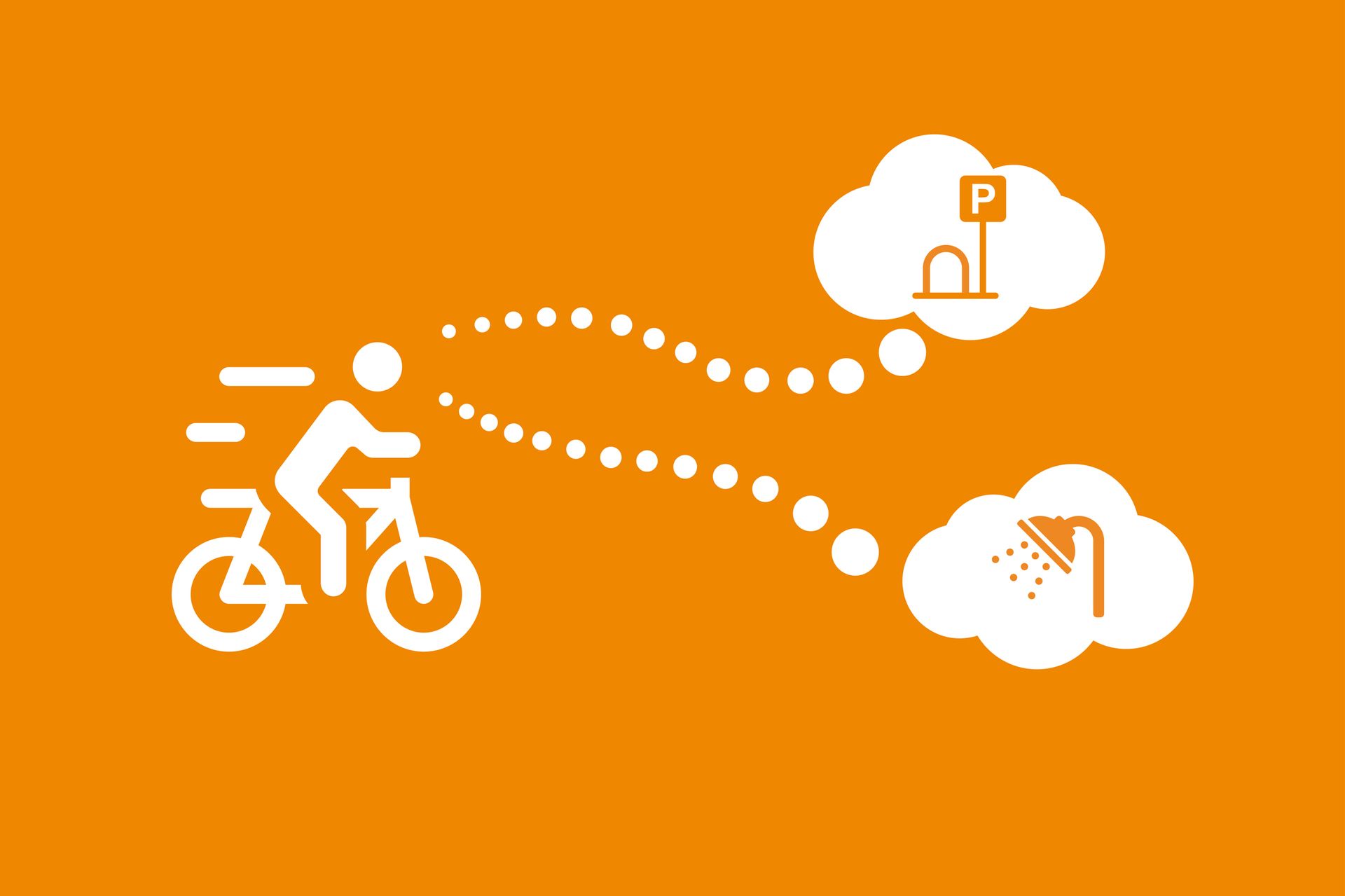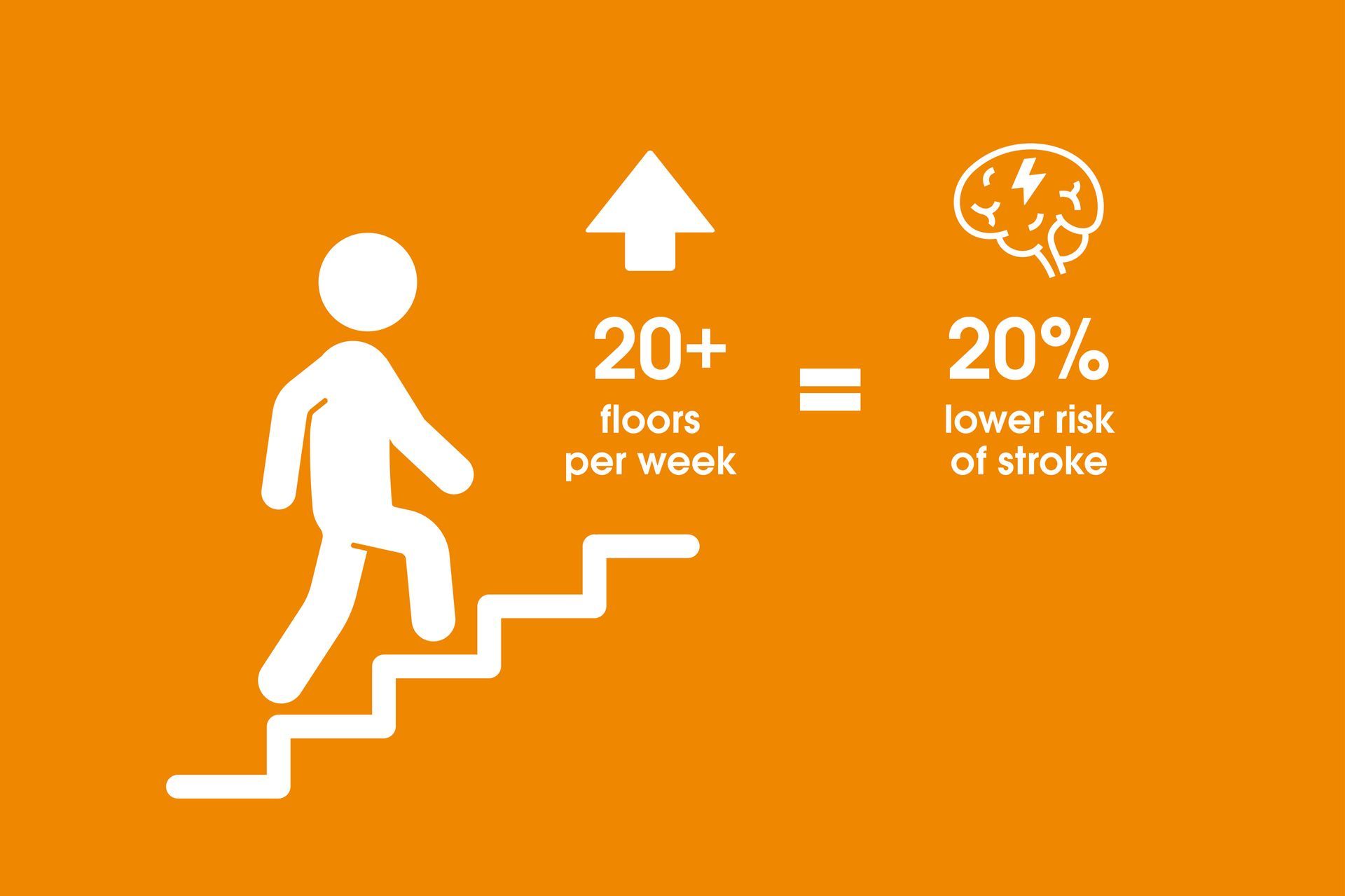Clever building design can promote incidental physical activity – one of the key ways of increasing overall activity levels. Buildings that encourage stair use and provide end-of-trip facilities, such as showers and bike racks, can increase workers’ activity levels, for instance. Similarly, convenient access to public transport and safe streetscapes are all ways of encouraging more active travel to work. This section includes everything from why the design and aesthetics of stairs can encourage people to make the climb, to the importance of verandahs in promoting all-weather walking to and from work or public transport stops.
The design of buildings can encourage physical activity by including features such as:
- Spaces and facilities that promote incidental physical activity
- Prominent and attractive staircases that encourage stair use
- End-of-trip facilities or amenities (such as showers and bicycle storage) to support cycling and walking
- Siting near public transport
- Natural surveillance of the streetscape
Authors: Professor Billie Giles-Corti, Dr Sarah Foster, Dr Nyssa Hadgraft, Dr Lucy Gunn, Julianna Rozek.
Detailed further guidance on this design feature is available on our
Publications and Policies page.
The provision of secure bicycle parking and shower at workplaces has been shown to positively impact on workers decisions and behaviours to cycle to work
What do we mean by "buildings"?
Buildings include a roof and walls, and are generally located permanently in one place. They provide people with sheltered, secure and comfortable places to live and work. Buildings serve a range of functions and can be public or privately owned.
The thermal comfort, air quality and ventilation systems, level of lighting, spatial layout, access to nature, views and daylight, colour, noise control, employee engagement and density impacts on workers performance, productivity and satisfaction
Climbing stairs has a range of positive health benefits. People who climb at least 20 floors per week have a 20% lower risk of stroke




